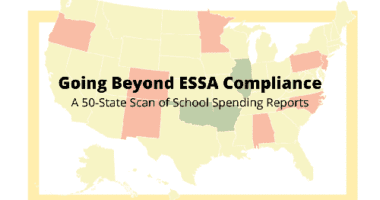US Flying High in the Olympics, But Struggling With Academics
As we await the opening ceremonies for the 2014 Sochi Winter Olympics, much is still up in the air: Will Shani Davis and Shaun White become the first American men to win three gold medals in a single event? Will the Jamaican bobsled team make a run for the podium (and maybe inspire a sequel to Cool Runnings)? But there’s one thing many Americans agree on: When all is said and done, the U.S. will have one of the highest medal counts of any country in the games.
If only the same could be said about our students.
The U.S. may rank near the top when it comes to producing high-performing athletes, but it’s a different story when it comes to producing high-performing students. The above chart shows that the U.S. ranks near the bottom in getting students from low socioeconomic backgrounds to achieve at high levels on the Programme for International Student Assessment (PISA). Just 5 percent of our students from the lowest socioeconomic backgrounds are among the highest-achieving students in math. But in countries like Korea, Japan, Switzerland, and Estonia, 10 percent or more of students from low socioeconomic backgrounds are among the top achievers.











